The growing popularity of cats in the UK and beyond is being fuelled by a curious combination of celebrity influence and changing lifestyle habits. The so-called ‘Taylor Swift effect’ has contributed to a rise in cat ownership and feline-themed spaces, with pet cafés, retail outlets, and rescue lounges all capitalising on the craze.
The singer’s well-documented affection for her cats – Meredith, Olivia, and Benjamin – has had a cultural ripple effect, especially among younger generations. In the UK and the US, cat ownership is rising, while cafés and retailers are increasingly creating spaces and products tailored to cat lovers.
Rising pet ownership among younger adults
The United States now has 94 million households with at least one pet, up from 82 million the previous year. Of those, 49 million homes include at least one cat. While these numbers reflect trends in the US, the UK is not far behind. Pet ownership, especially among millennials and Gen Z, continues to grow, with younger adults more likely to care for multiple pets.
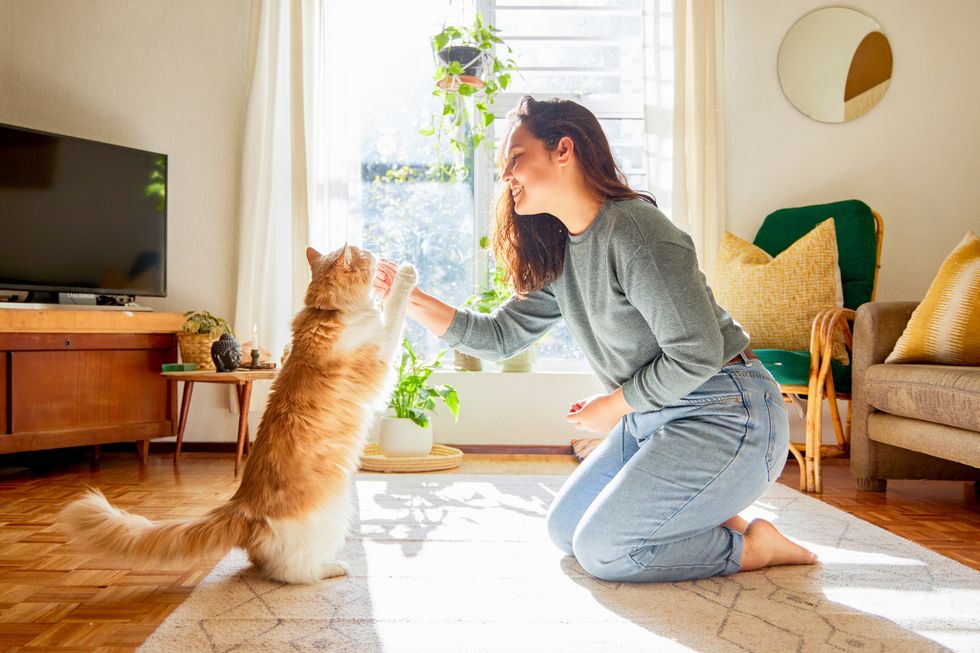
Cats have become central to many people’s daily lives, not only as companions but also as part of their broader lifestyle. Taylor Swift’s cat-themed content, including cameos in her music videos and social media appearances, has helped drive interest among fans. The influence of celebrities like Swift has also prompted businesses to embrace feline culture in new ways.
Cafés combine coffee and cat cuddles
Across major cities, cafés that host rescue cats are gaining popularity. In London, venues inspired by US models such as Crumbs & Whiskers and The Catcade are becoming social hubs, offering customers the chance to unwind in cosy spaces shared with cats awaiting adoption.
Crumbs & Whiskers, with branches in Los Angeles and Washington, D.C., partners with rescue organisations to house adoptable cats in stylish lounges. The café model has proven successful in attracting visitors and raising awareness of adoption efforts.
Charleston’s Pounce Cat Café pairs drinks and feline company, while Chicago’s Catcade mixes retro arcade machines with cat rescue, offering a blend of entertainment and compassion.
Retail and rescue come together
The commercial response has extended beyond cafés. Retail brands such as Meow Parlour Shop in New York and Meowingtons in Florida have linked online shopping with feline welfare. Products range from cat-themed fashion to home accessories, and proceeds support rescue work.
In the UK, similar ventures are emerging, with independent retailers selling cat-inspired items that benefit shelters. These initiatives highlight how consumer interest in cats is being channelled into practical support for animal welfare.
Local events tap into feline fandom
The UK is also seeing a rise in cat-focused events and experiences. Inspired by US trends like KitTea Cat Lounge’s Pilates and wine nights or San Francisco’s Cello & Chill sessions, British organisers are exploring creative ways to connect people with rescue animals.
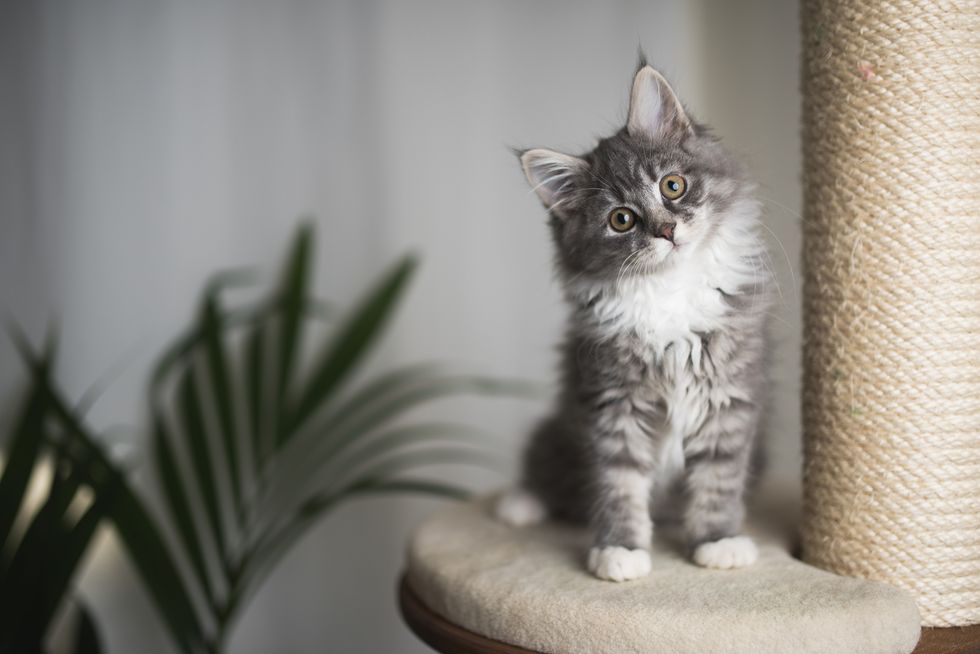
POP Cats, a US-based cat convention, has set a precedent for blending adoption drives with music, art, and pop culture. Such events have inspired similar concepts in the UK, often with the aim of promoting rescue adoptions and community engagement.
Insurance and policy adapt to the trend
The increasing integration of cats into everyday life is also prompting changes in pet care services. In the US, insurers such as Nationwide have introduced cat-specific health plans, covering routine wellness, behavioural therapy, and remote veterinary consultations. Similar policies are becoming more common in the UK, as providers respond to demand.
In addition, pet-friendly housing policies and local planning measures are gradually being introduced to reflect the growing number of pet-owning households. These changes suggest a longer-term shift in how cats are viewed within both homes and communities.
More than a trend
While the Taylor Swift UK fanbase may have helped bring cats into the cultural spotlight, the growth in feline ownership and visibility shows no sign of slowing. What started as a celebrity-driven interest has evolved into a broader movement that affects policy, retail, and community life.
Cafés, retailers, councils and pet insurance firms are responding in turn, recognising cats as central to modern domestic life. From playlists to public spaces, feline presence is no longer niche—it’s part of a new norm.
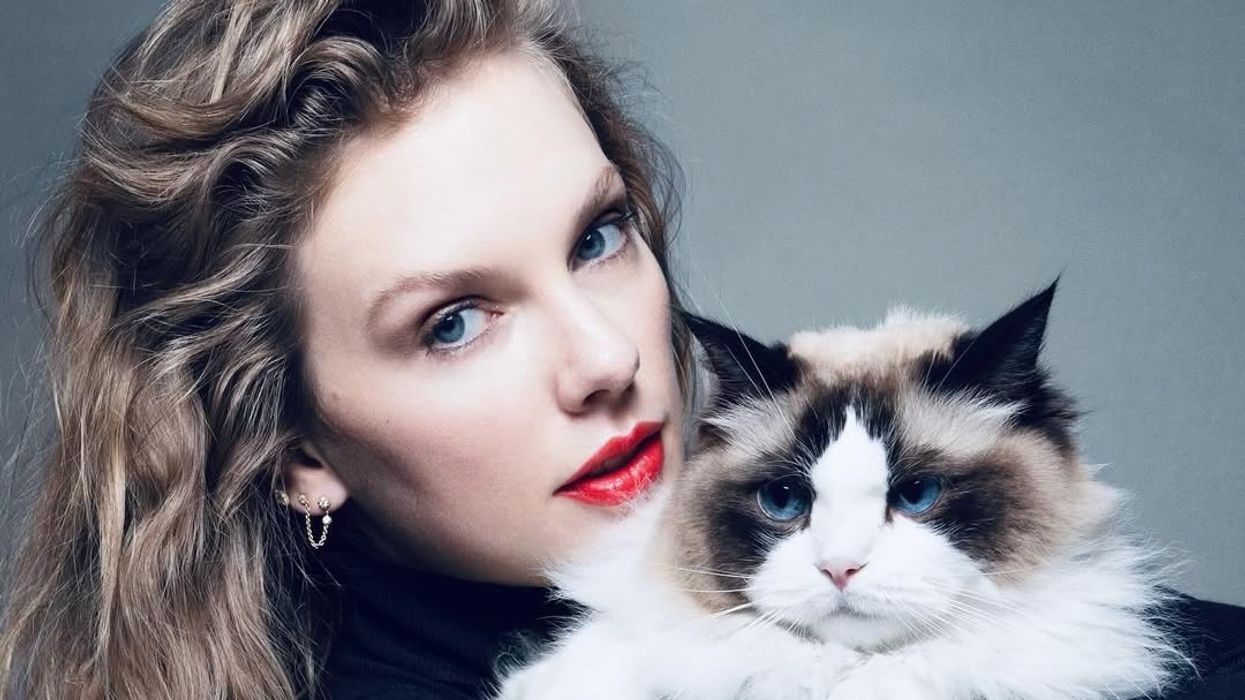

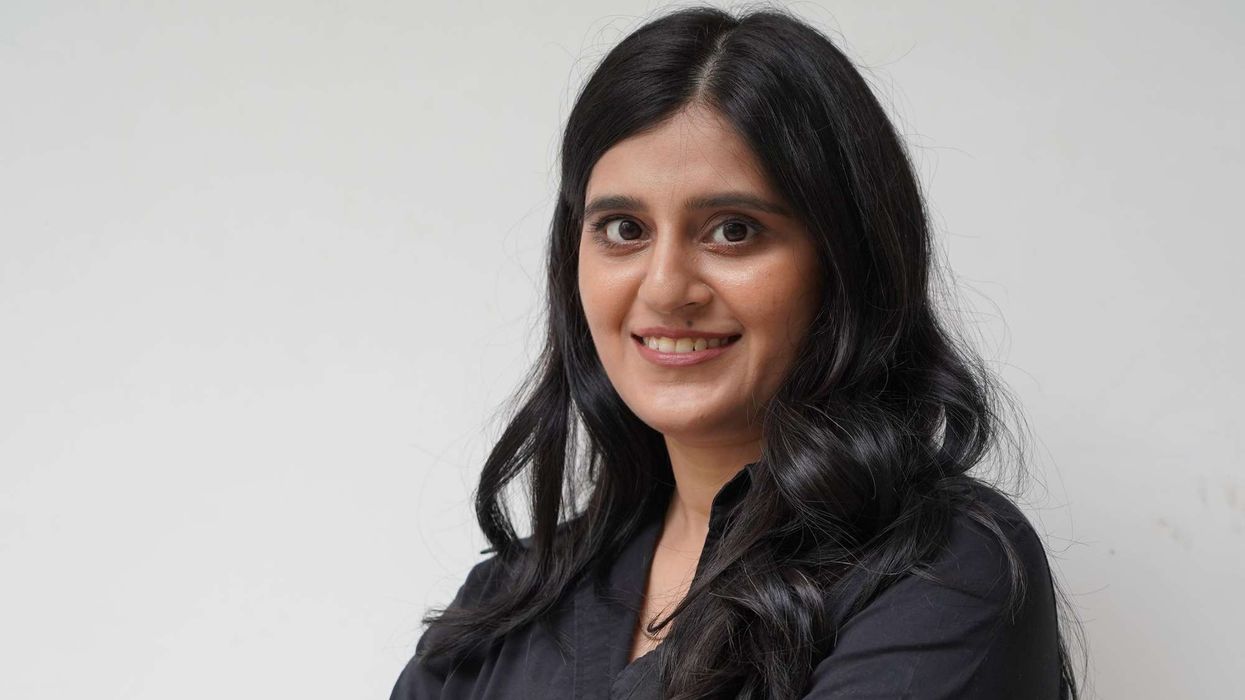
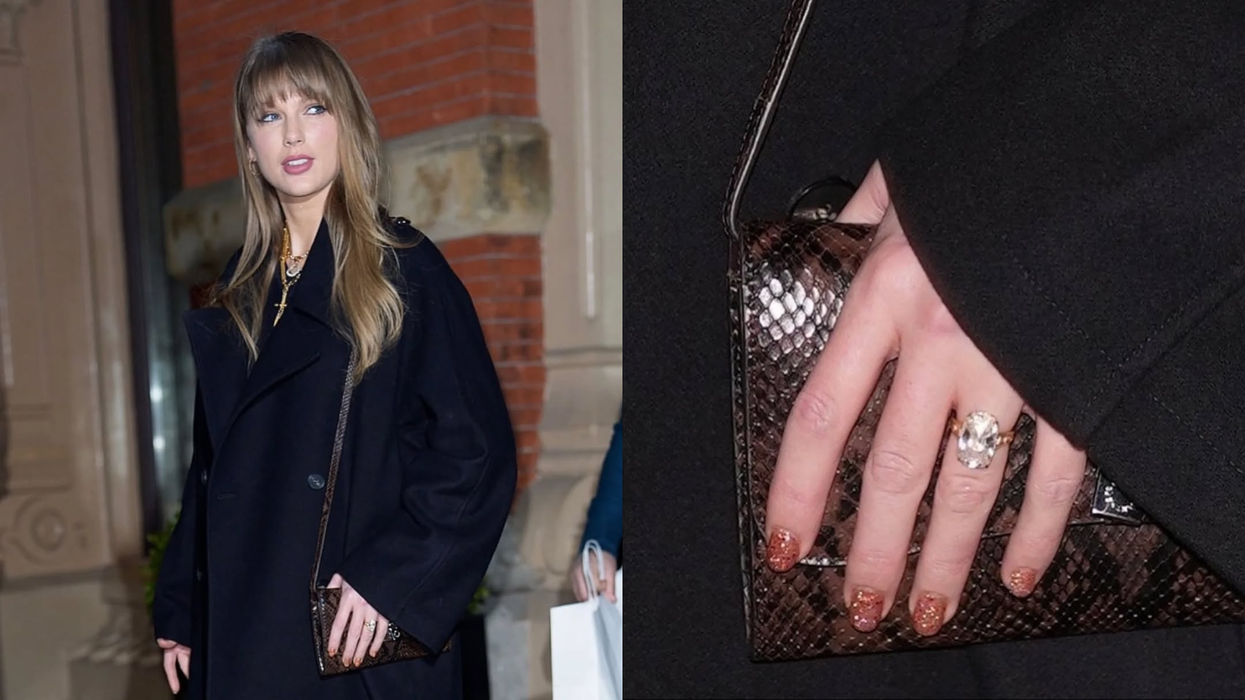
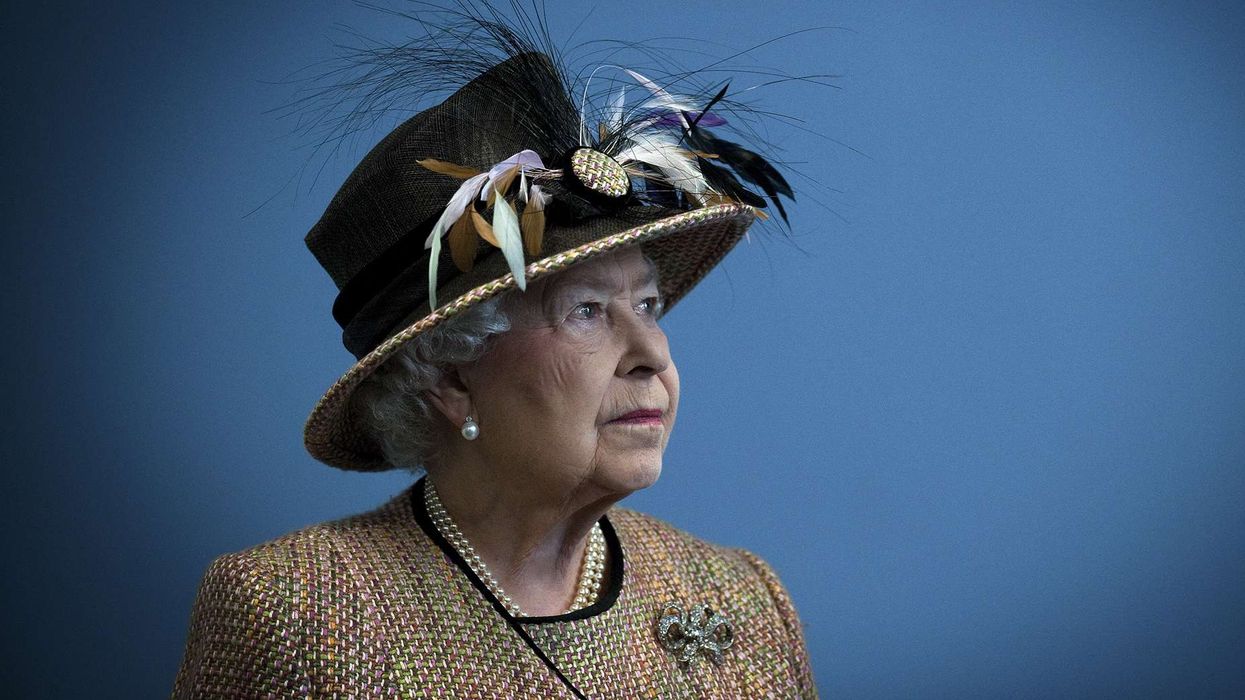

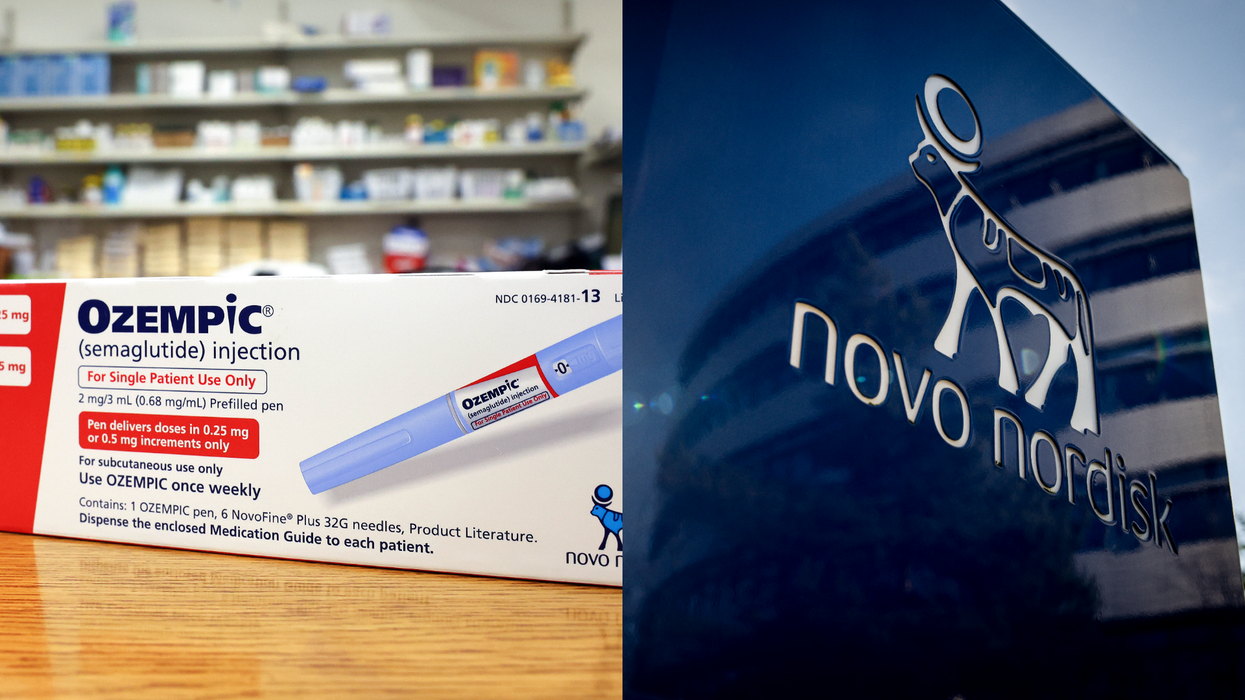
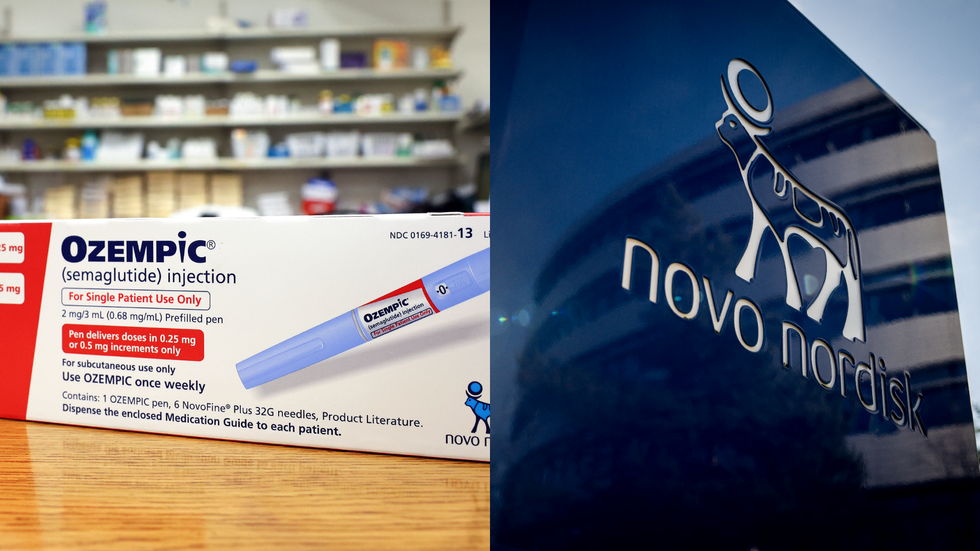 Novo Nordisk launches Ozempic in India as diabetes cases climb Getty Images
Novo Nordisk launches Ozempic in India as diabetes cases climb Getty Images 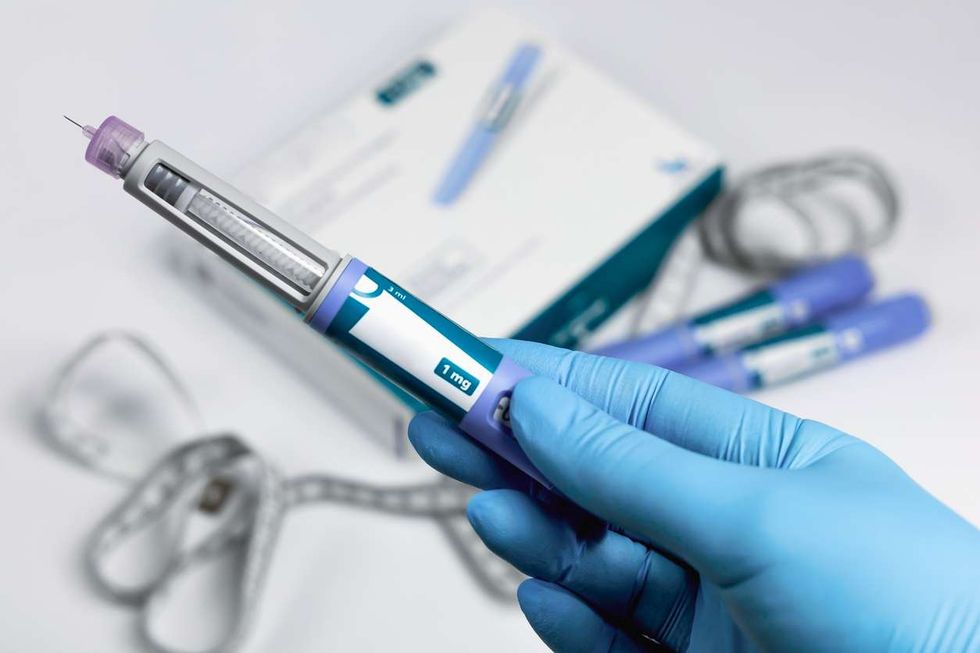 Ozempic weekly pens now available in India for type 2 diabetesiStock
Ozempic weekly pens now available in India for type 2 diabetesiStock 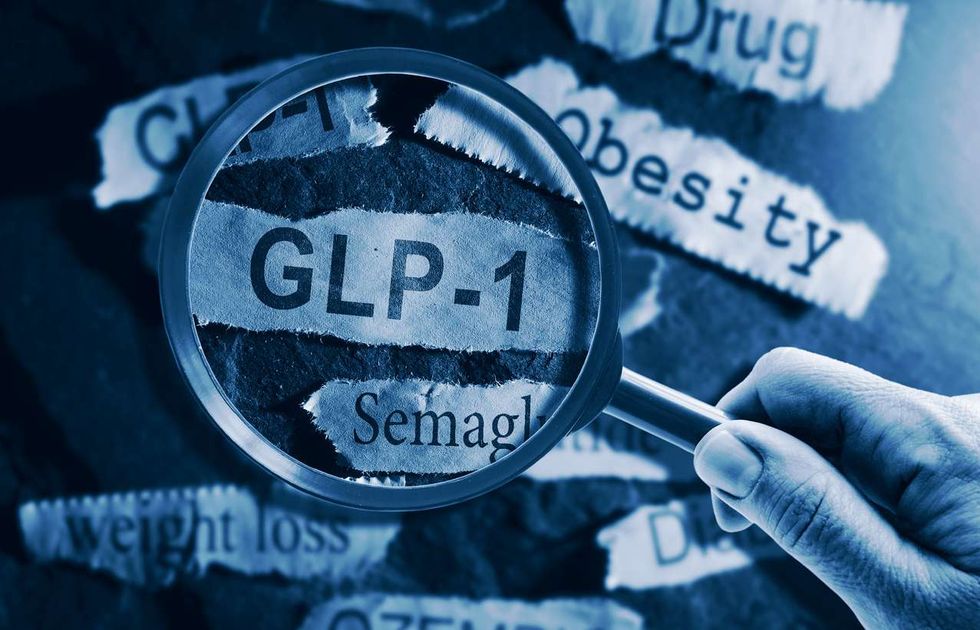 India gets Ozempic as obesity and diabetes numbers riseiStock
India gets Ozempic as obesity and diabetes numbers riseiStock 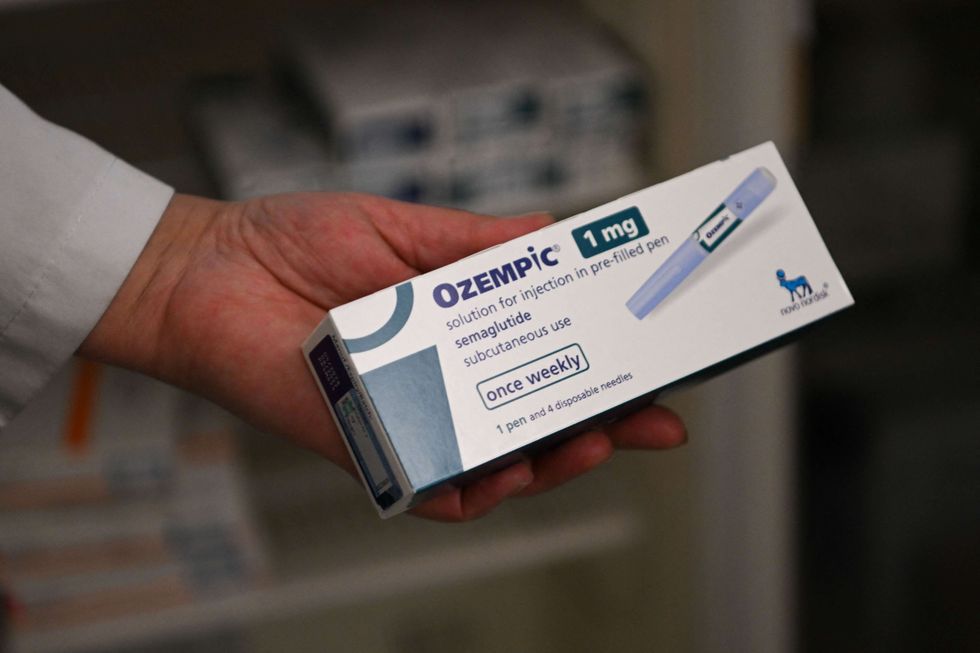 Doctors say Ozempic helps blood sugar and weight management in adultsiStock
Doctors say Ozempic helps blood sugar and weight management in adultsiStock





